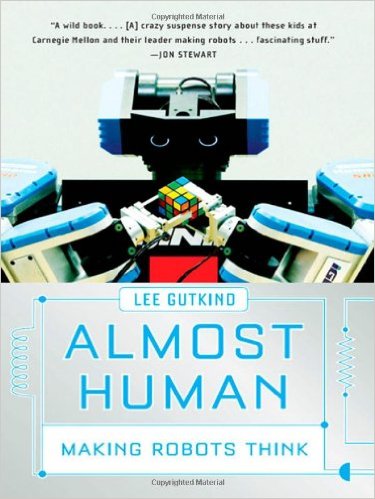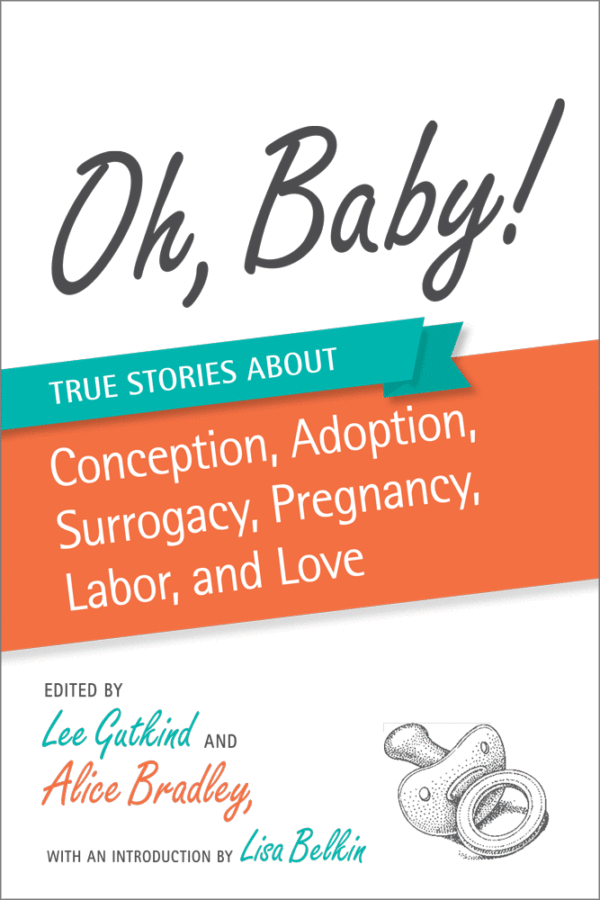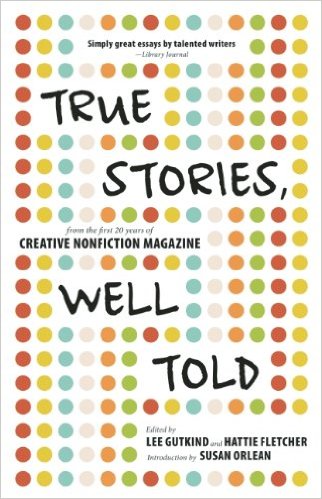Almost Human
Making Robots Think
In the high bay at the Robotics Institute at Carnegie Mellon, Segways scoot across the floor chasing and shooting soccer balls while other robots hunt for treasure. Nursebots, developed to care for hospital patients, mingle with a robotic Lara Croft lookalike.
Lee Gutkind immersed himself in this frenzied subculture, and in Almost Human he introduces us to Zoë, Groundhog, Grace, and Sandstorm—robots designed to help or, in some cases, replace humans—as well as the colorful cast of students, researchers, scientists, and engineers who are attempting to create robots that can react autonomously to changing circumstances. Almost Human makes intelligible their discoveries and stumbling points, while opening our eyes to a world of mechanical mayhem with the promise to produce miracles.
A remarkable, intense portrait of the robotic subculture and the challenging quest for robot autonomy.
Reviews
Lee Gutkind’s 2007 book Almost Human: Making Robots Think offers an optimistic view of the world of robotics: no, robots will not revolt against their human masters any time soon, mostly because nothing in the field of robotics ever seems to work the way it’s supposed to, if at all, if ever. He follows a group of robot scientists affiliated with Carnegie Mellon University in Pittsburgh who are exploring the cutting edge of robotics and exploring the notion of “autonomy”—but mostly drudging through one single ever-present question: why isn’t this working? […]
Still, amid all the frustration of the lack of success, it’s easy to miss just how far robots and robot science have already come. A bit more perspective would be helpful. (Of course, that, too, might be a little frightening.) – Alex Remington
– See more at: http://www.creativenonfiction.org/reviews/116#sthash.TSsdBZoX.dpuf
—The Huffington Post
Behind every Hasbro Butterscotch Robotic Pony and every NASA rover exploring Mars are teams of roboticists who’ve worked obsessively to bring their creations to life. In the book Almost Human: Making Robots Think, published this month, Lee Gutkind introduces us to some of the most prominent minds and memorable personalities among them.
A writing professor at the University of Pittsburgh and editor of the literary journal Creative Nonfiction, Gutkind spent six years, off and on, at the Carnegie Mellon Robotics Institute in Pittsburgh researching his subject. He uncovers a surprising amount of action—from the RoboCup, in which Sony Aibos modified by rival teams compete in soccer, to the barren landscape of the Atacama Desert in Chile, where roboticists put a prototypical Mars rover named Zoë to the test. – Jenn Schreve
– See more at: http://www.creativenonfiction.org/reviews/114#sthash.c3Pby0qm.dpuf
—Wired News
What emerges in “Almost Human” is a fascinating, frustrating, sad story. The Carnegie-Mellon researchers have big dreams. They work incredibly hard. But the deeper Mr. Gutkind immerses himself in their projects, the more he realizes that they aren’t rolling from one triumph to another. Instead, their labs seem cursed by failure. […]
Early chapters are filled with humanizing anecdotes about each researcher—and they are a zany bunch. One man subsisted for a time on Cheerios, chocolate milk and Budweiser. Another claimed to have wrestled a gorilla on a dare. Each set of quirks sets the stage for the researcher to explain why his work could someday change the world. […]
Mr. Gutkind assures us in his preface that the future of robotic technology is in good hands. He likes the Carnegie-Mellon researchers. He quickly dismisses the idea of a robot uprising as science-fiction nonsense. On that score, he’s almost certainly right. – George Anders
– See more at: http://www.creativenonfiction.org/reviews/112#sthash.YCKrSzfP.dpuf
—Wall Street Journal
[A]n entertaining peek behind the scenes at the flesh-and-blood engineers of the groundbreaking Robotics Institute, much of whose research is funded by NASA, the National Science Foundation and the Defense Department. The book, however, is more about frustration than achievement. Despite the round-the-clock efforts of the best and the brightest, today’s real-life robots are a dim, lumbering lot, a far cry from the wise, nimble models of science fiction. Indeed, the book might well have been titled “Not Very Human” or “Almost Human in the Dark if You Really, Really Want to Believe.” […]
Gutkind excels at making complex technical concepts comprehensible and painting vivid word pictures. ” – M.G. Lord
– See more at: http://www.creativenonfiction.org/reviews/118#sthash.xo3osjAD.dpuf
—L.A. Times




